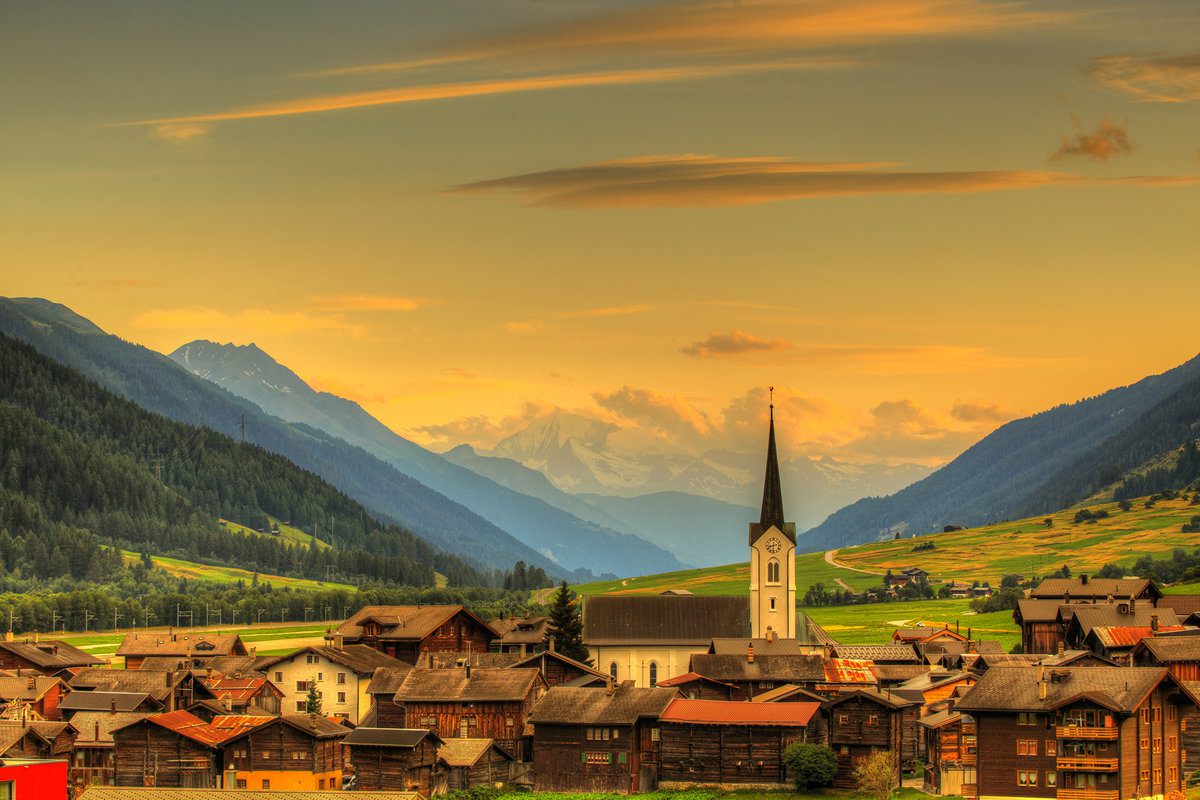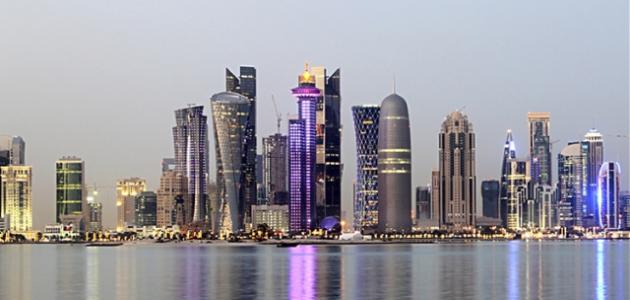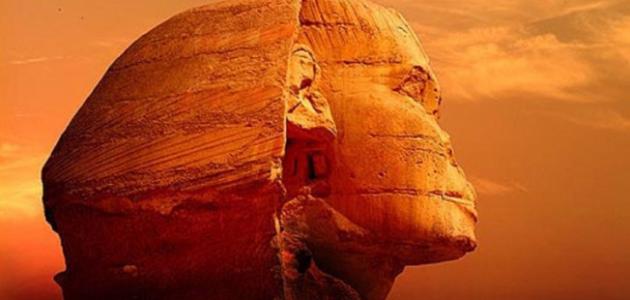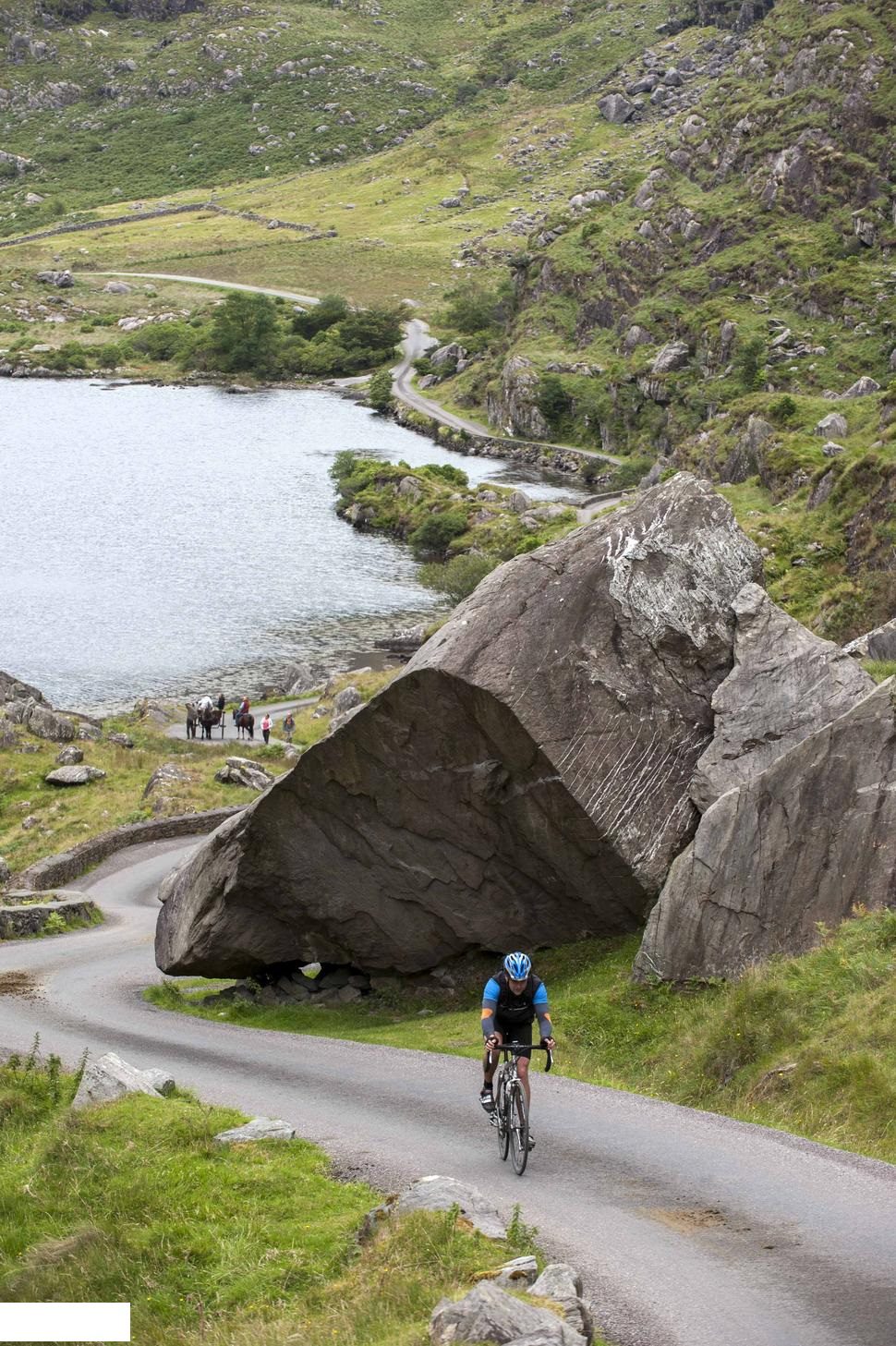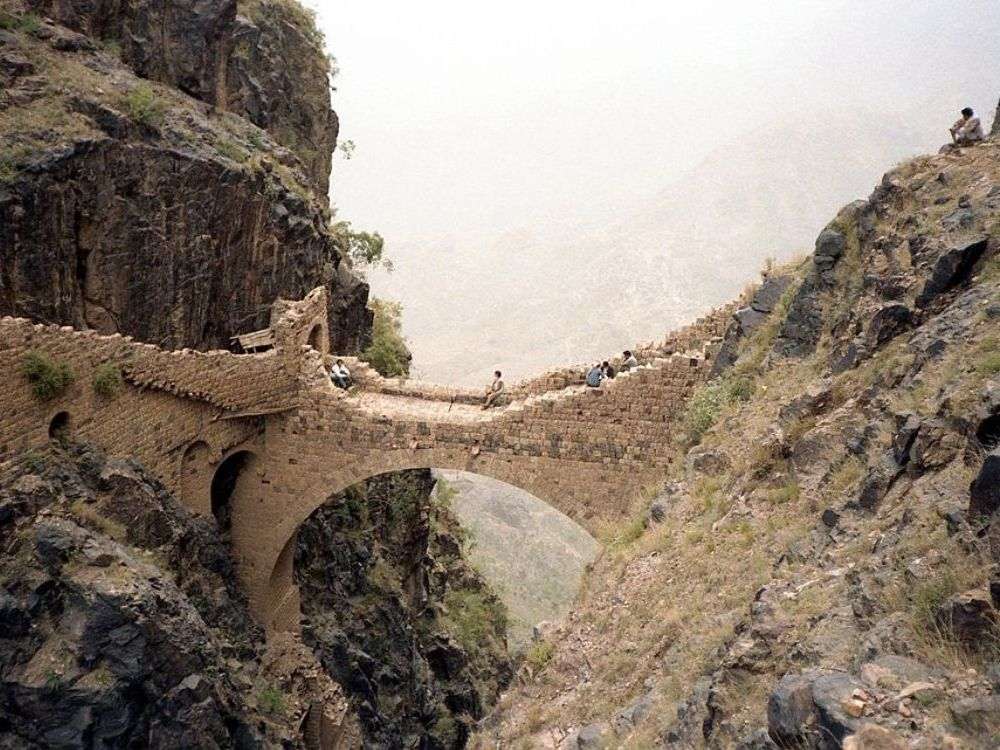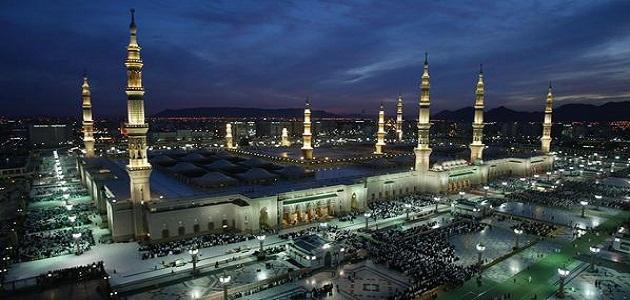Table of Contents
The city of Baghdad
Baghdad is the capital of the State of Iraq, as it is the city of the caliphs in the past, and it is divided into two parts: Rusafa and Karkh, and there is in Rusafa, Rashid Street, and Kalif Street, which is an area full of mosques, ancient churches, and monasteries, where the Kazemin shrine is located. , Mascenta Church, Latin Church, Syrian Catholic Church, and Al-Dhahria Gate.
Abbasid palace
In Baghdad there is a two-storey building, which overlooks the Tigris River while the square is in the city, which is the last of the Abbasid palace. The Abbasid dynasty ruled the Islamic Empire from modern Baghdad from the eighth century to the thirteenth century, and led to the start of the Islamic Golden Age During this time, some historians believe that this palace was built during the reign of the Caliph al-Nasir Din Allah, and that the building was used for educational purposes due to the similarities in its design with the Iraqi Al-Mustansiriya School.
Ziggurat Ur
Ziggurats, which are stepped pyramid temples built in ancient Mesopotamia, are found throughout Iraq and Iran, and the Ziggurat of Ur is a well-preserved ziggurat built by Ur-Nammu. In the twenty-first century B.C., and at the top of the ziggurat, there is the temple dedicated to the honor of Nana, the patron of the city of Ur, located today at Tel al-Muqair in southern Iraq.
Al-Mustansiriya School
The Al-Mustansiriyah School is one of the oldest religious schools, which still exists today, was built in the capital Baghdad, by the thirty-seventh Abbasid caliph, which is Al-Mustansir Billah, and construction has continued for six years, and it was opened 1234 AD, In it all four schools of Islamic law were taught.
Video of the ruins of Babel
Iraq contains many ruins of famous historical cities. What do you know about Ur, Babylon and Nimrod? :

